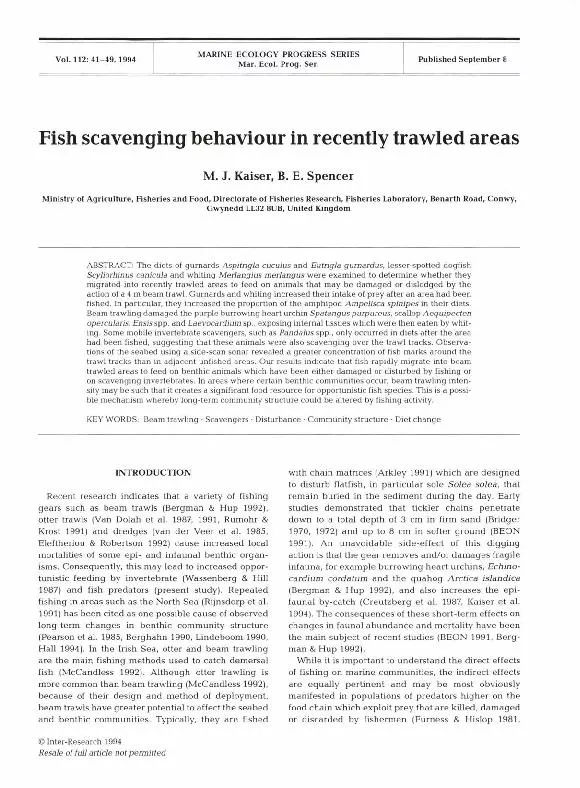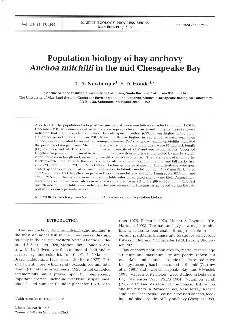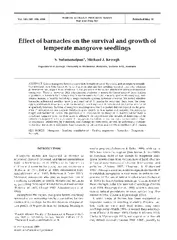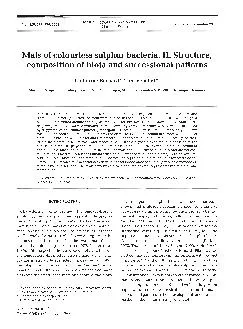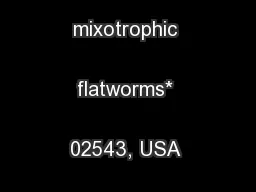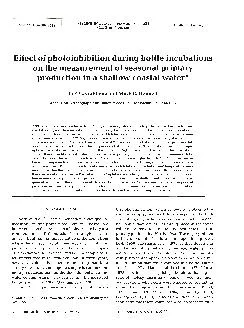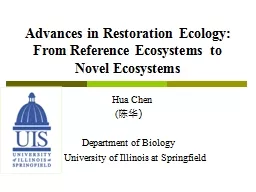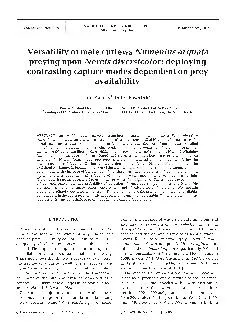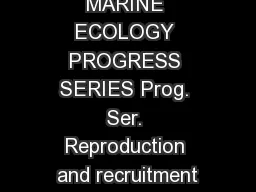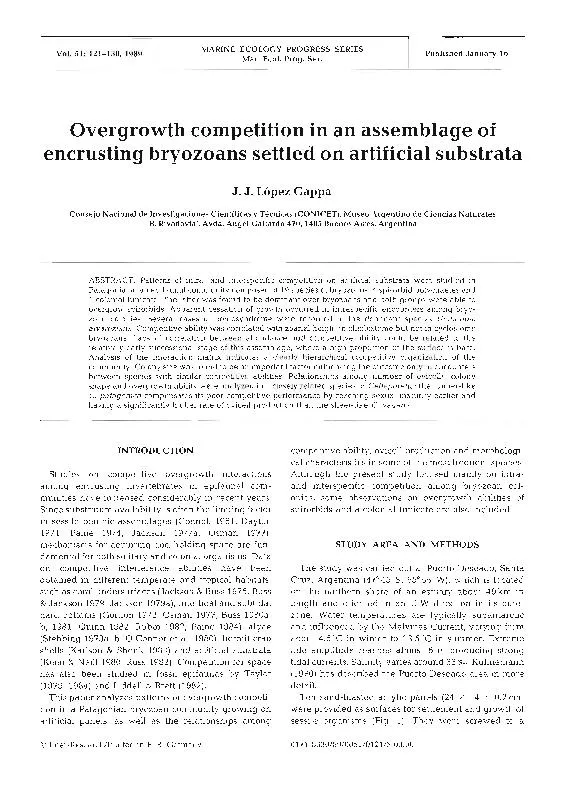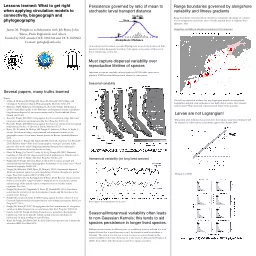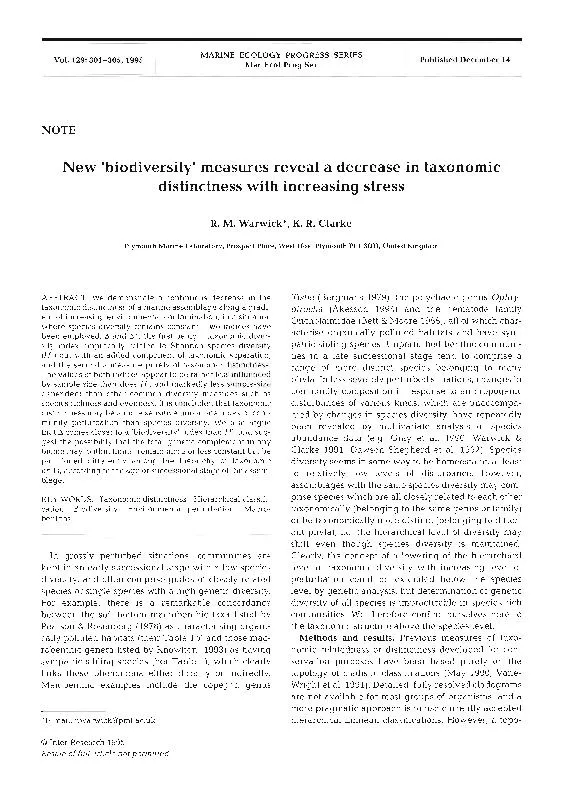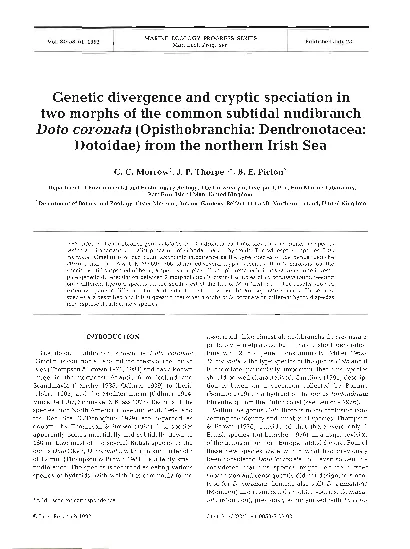PDF-MARINE ECOLOGY Mar. Ecol. Prog. Ser. Published September in recently A
Author : min-jolicoeur | Published Date : 2016-08-15
Conwy Gwynedd LL32 8UB The diets cuculus and Eutrigla gurnardus lesserspotted dogfish Scyliorhinus canicula and whiting amphipod Ampelisca spinipes their diets trawling
Presentation Embed Code
Download Presentation
Download Presentation The PPT/PDF document "MARINE ECOLOGY Mar. Ecol. Prog. Ser. Pub..." is the property of its rightful owner. Permission is granted to download and print the materials on this website for personal, non-commercial use only, and to display it on your personal computer provided you do not modify the materials and that you retain all copyright notices contained in the materials. By downloading content from our website, you accept the terms of this agreement.
MARINE ECOLOGY Mar. Ecol. Prog. Ser. Published September in recently A: Transcript
Download Rules Of Document
"MARINE ECOLOGY Mar. Ecol. Prog. Ser. Published September in recently A"The content belongs to its owner. You may download and print it for personal use, without modification, and keep all copyright notices. By downloading, you agree to these terms.
Related Documents

